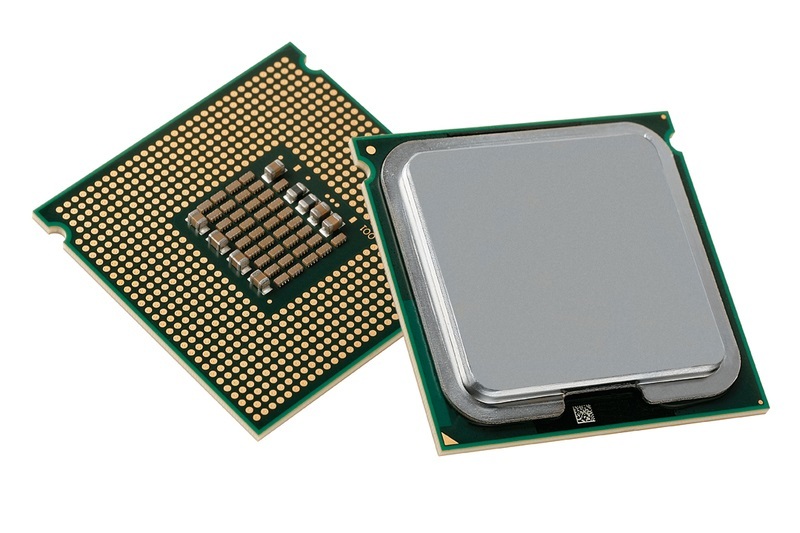Peter shares insights from a recent customer request to evaluate and validate hardware configurations for broadcast and live production using Cinedeck.


Peter shares insights from a recent customer request to evaluate and validate hardware configurations for broadcast and live production using Cinedeck.
Here at Puget Systems we certainly aren’t always the cheapest option, but I have always believed that we provide a lot of value – from our Labs testing and no-pressure consultations to our in-depth quality control processes and lifetime tech support. Since AMD just launched the new Threadripper PRO 5000 WX-Series, I thought this would be a great time to go back to my consulting roots and share some real-world price comparisons with one of our competitors: Lenovo.
Mark from our consulting team recently worked with a man working on animation projects for Disney. He was coming from the Mac and wanted to decrease his rendering times in Octane. Read on about how Mark tailored a workstation to meet his needs today and in the future.
Plenty of reviews show you can get higher performance by using faster memory, so why are we limiting our workstations to DDR4-2666?

Every time a new generation of CPUs is announced, I see a number of people writing about how they think it will be faster (or slower) than current technology because of the advertised specifications. CPU specs alone don’t tell the whole story, though, and comparing core count and clock speed across different brands or generations of processors is extremely misleading. Stop doing it!

AMD is releasing a whole spectrum of new CPUs this year, from the consumer oriented Ryzen to the server-class Epyc. In response, Intel has accelerated their normal processor release cadence and is putting out new products across the board as well. We are here to explain a bit about what is going on, what to look forward to, and whether it is worth waiting for.